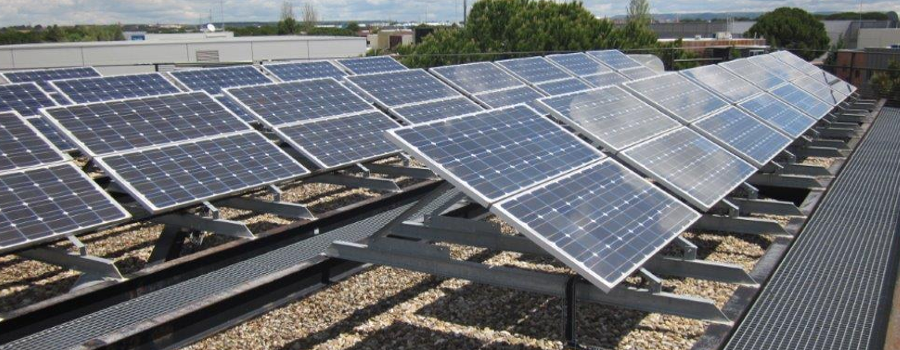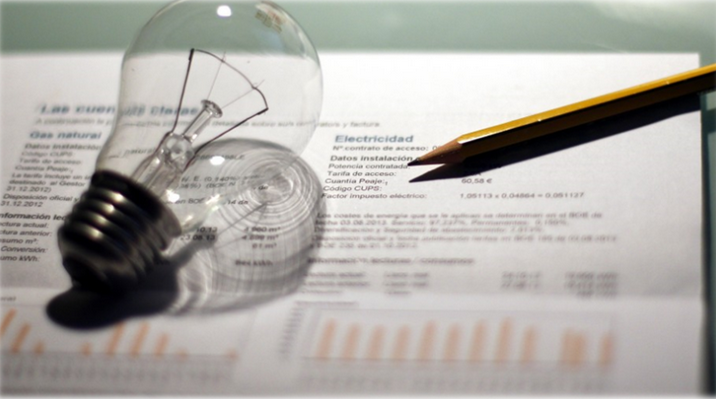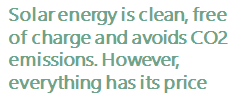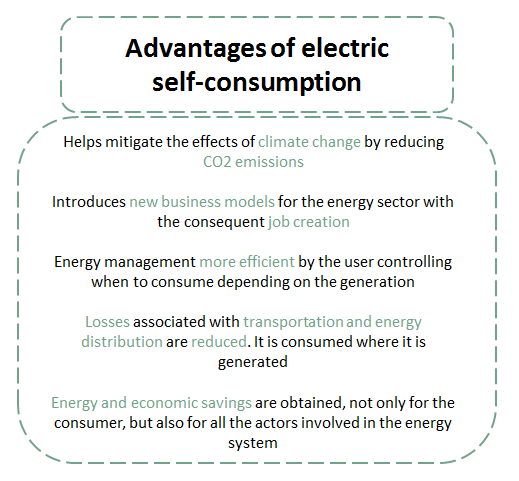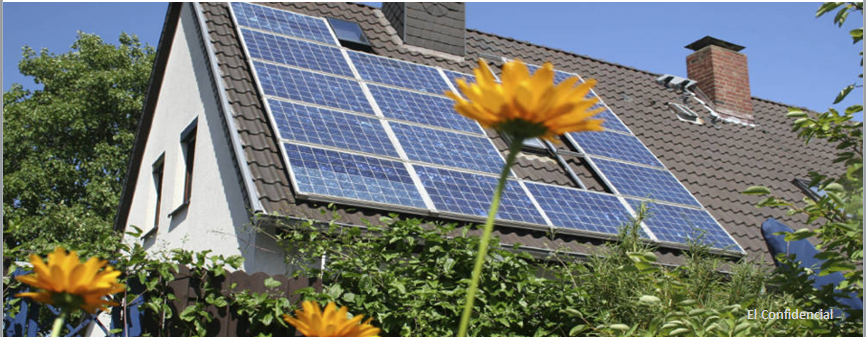
Are we ready for electric self-consumption?
That the self-consumption is a real option and that is going to grow little by little is evident. But are we really prepared? The next few lines describe some steps to establish it in our homes.
In the subject of self-consumption there is a concept that we must never forget: energy efficiency. This efficiency must be understood from both the generation and consumption sides.

Let us first analyze efficiency from the point of consumer. It is evident that if my household consumes less electricity, the cost of my self-consumption facility will be lower. Are we taking any measure of efficiency for this to occur? A first step that can be taken is to reduce the consumption of lighting in the home. The change of halogen and low consumption bulbs by others of LED technology will allow us to reduce enough the electricity consumption in lighting. Another step that we can take is to replace our old appliances with others of class A +++ that have a lower level of consumption.
Efficient measures that are not always within reach of most budgets are to improve the isolation of our home. The insulation of the envelope of the building is fundamental. The use of insulation in facades, ceilings and floors and a suitable choice of windows can reduce the consumption of our building.
Other measures simply go through the change of habits in consumption that we must learn if we want to implement self-consumption in the home. The simple gesture of turning off light bulbs or electrical appliances that are not used, to avoid to leave electronic devices in stand.by (phantom energy) and to put the appliances in operation in the hours of the day when more energy is generated will allow an efficient management of our system. This can be done by implementing energy management software (EMS) in our home but it is an added cost.
If we are thinking about buying an electric car maybe this is the time to choose it with V2G (Vehicle to grid) technology with its Vehicle to Home (V2H) and Vehicle to Building (V2B) variants. This technology allows energy stored in an electric car to be injected into the electrical grid or to a dwelling or building using the car battery as an electrical storage system. In this way a better integration of renewable energies can be achieved in the electrical system.
Perhaps these measures will allow a home to consume only 1500 kw/h a year compared to the current 3000 kw/h of average consumption in Spain. This would reduce the cost of our self-consumption facility which would mean that many households will consider doing this installation in their homes.
From the point of view of the generation side, progress is being made by leaps and bounds. The efficiency of existing photovoltaic panels that use new materials with a longer useful life is very far from those manufactured 10 years ago and the price per w is lower, reaching values of 0.8 € per watt installed. Equally, the technology of the batteries makes them more efficient and with a greater durability supporting greater cycles of recharge and at a lower price.
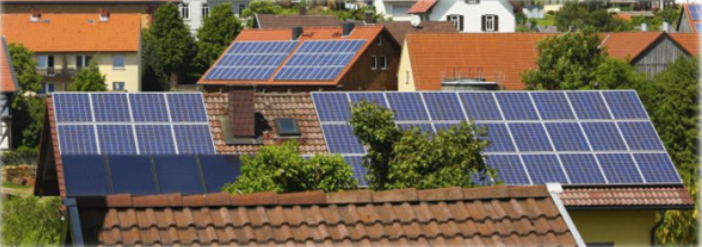
And is the electricity grid ready for self-consumption? According to the operator of the Spanish electricity system the network is prepared for hundreds of thousands of self-consumers to enter the network.
What are the electric companies doing? Power companies are realizing that self-consumption will sooner or later arrive to settle permanently in each of our homes and that is the time has come to move ahead. Some companies start to market self-consumption kits, control systems or maintenance contracts that ensure a proper functioning of the system.
What is necessary so that everything starts to work? As easy as getting to an agreement point where distributors (power companies) begin to see prosumers (current users and future producers) as potential allies and non-competitors.
On the one hand, the electricity companies claim that the use of the distribution network should be paid not only by the current consumer but by the future producer and as we know these costs represent more than 50% of the current electricity tariff. But it is also true that companies are going to save the generation costs that are difficult to know at present.
But what would happen if a large number of users decide to become only their own power generators and definitely disconnect from the network? And it is then when the government enters and depending on the laws that apply and according to on whether they are advantageous for the consumer, the companies or both when the consumer decides.
